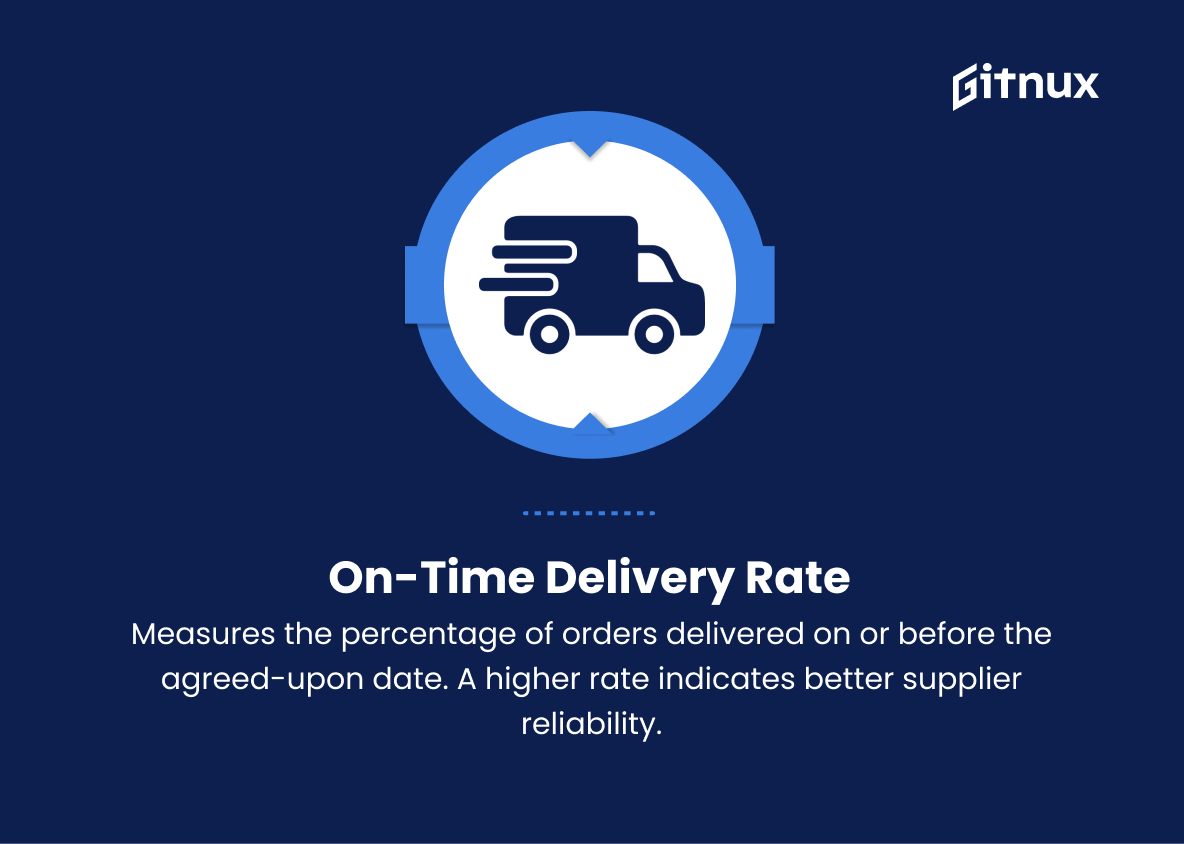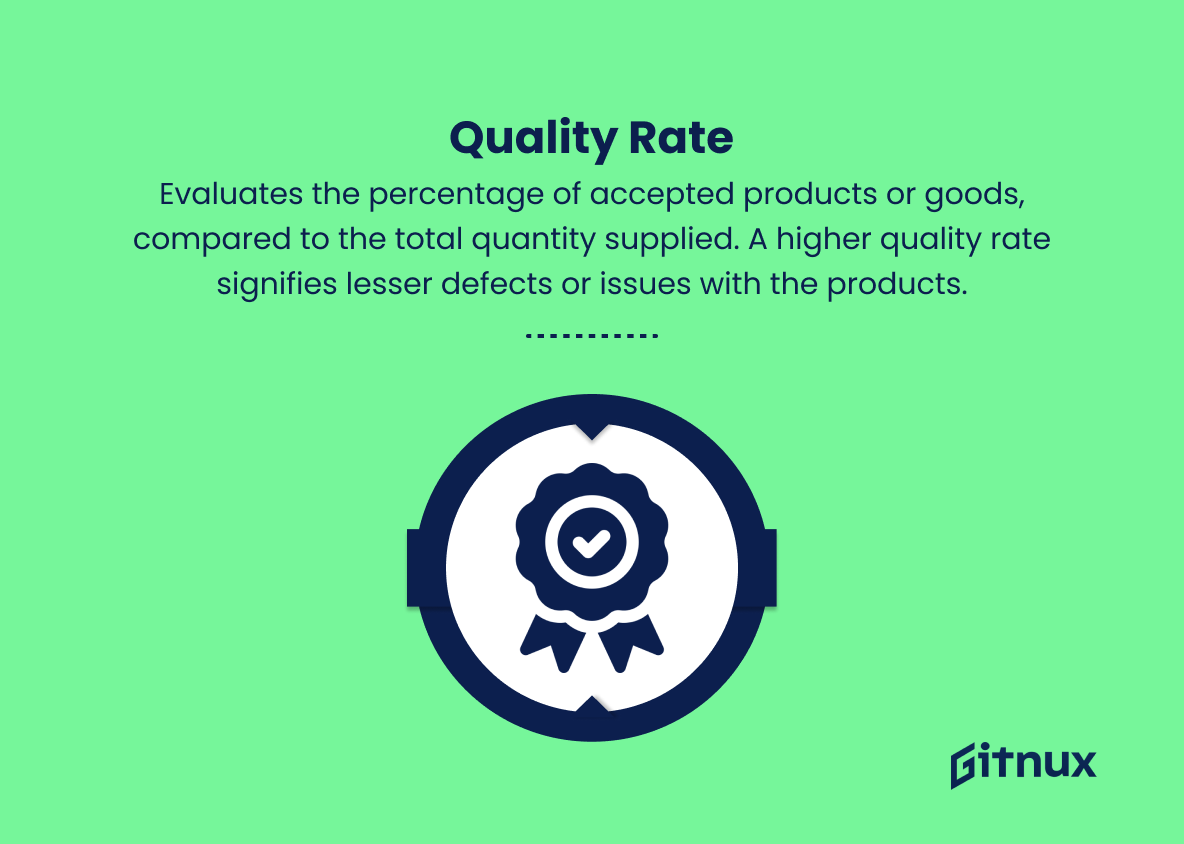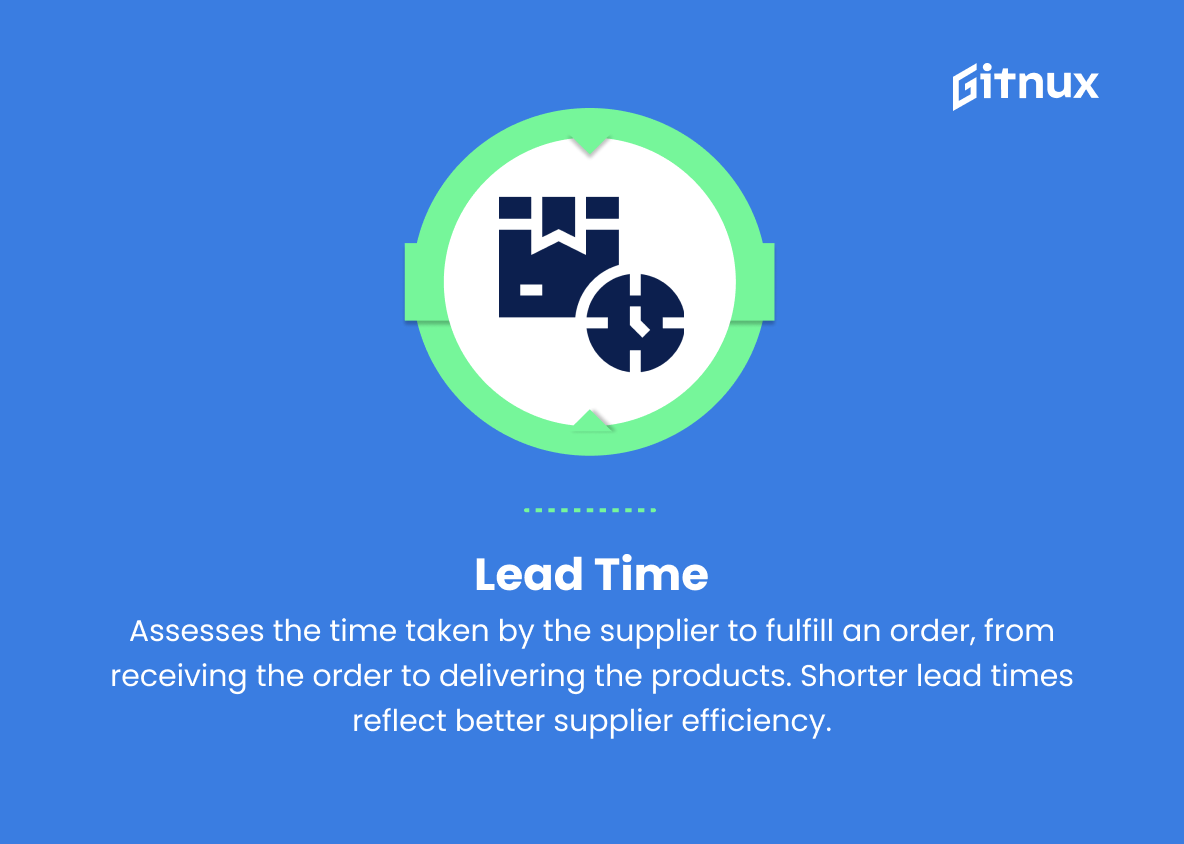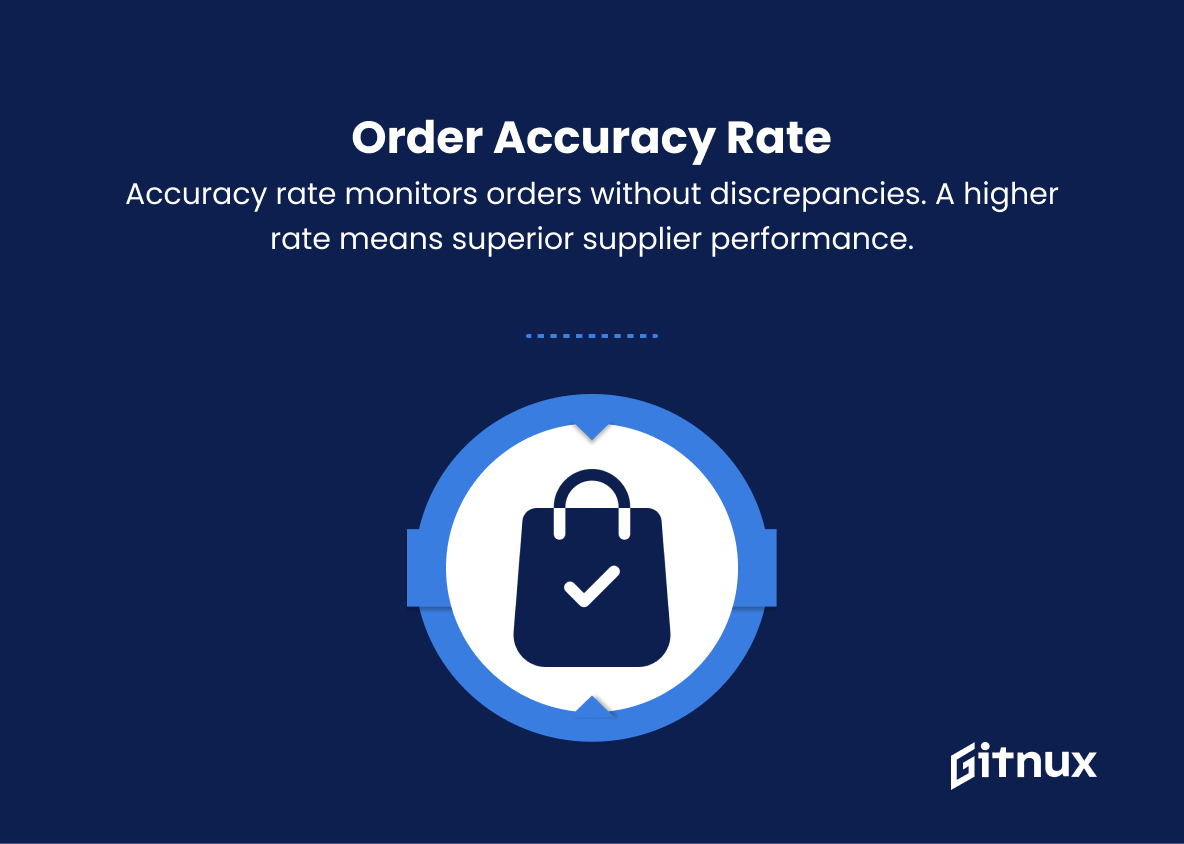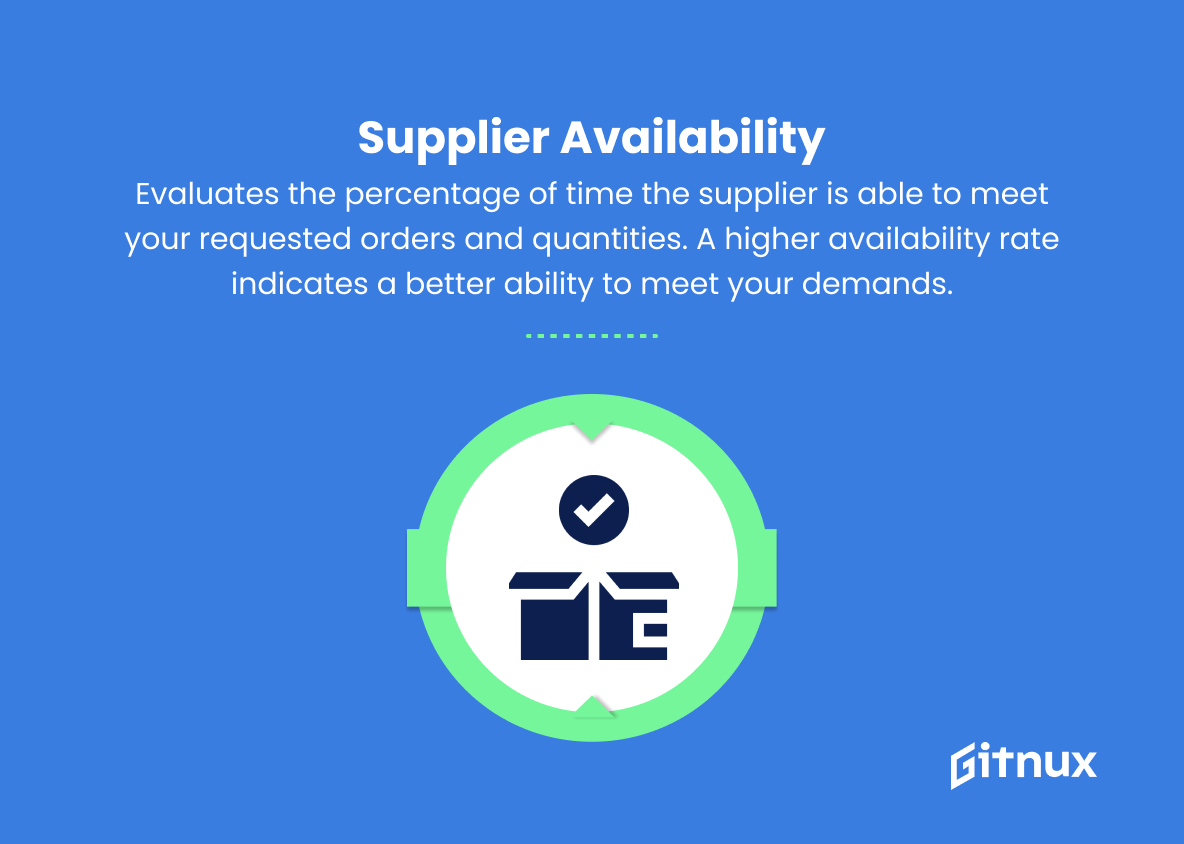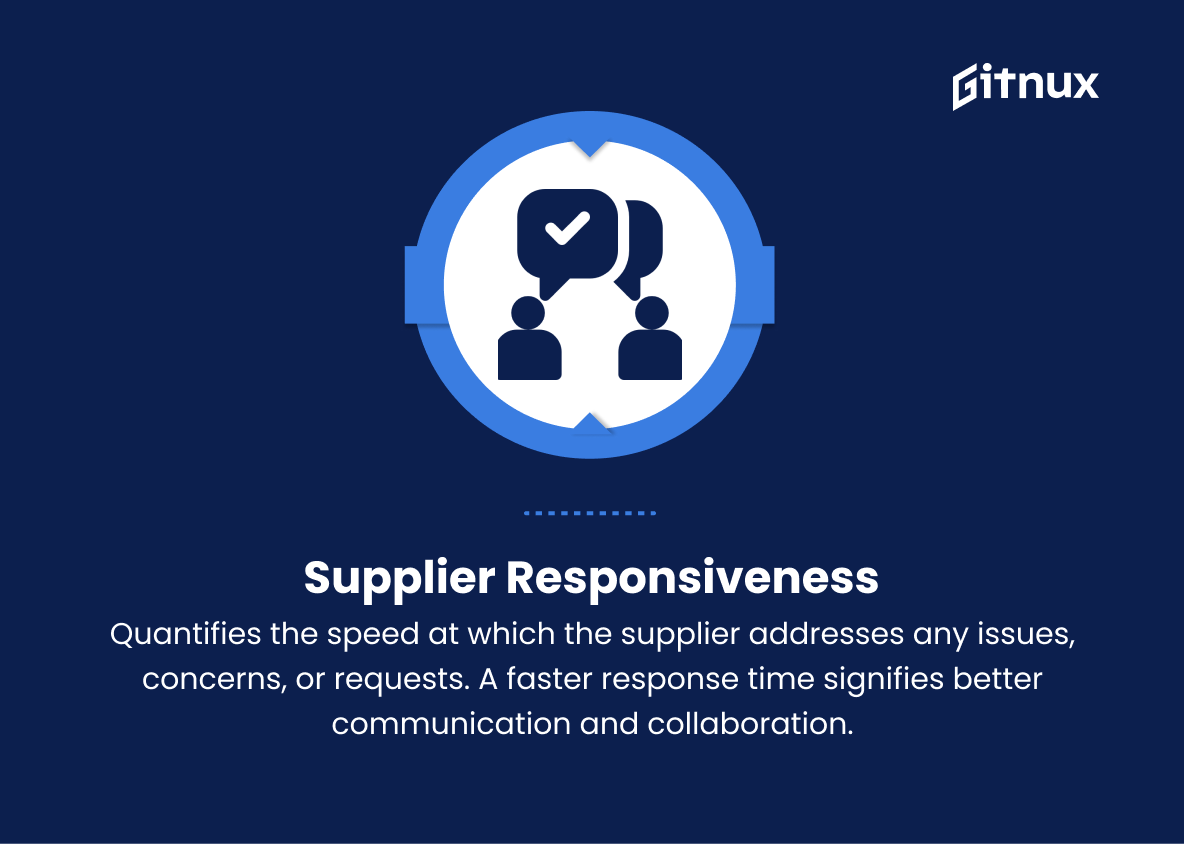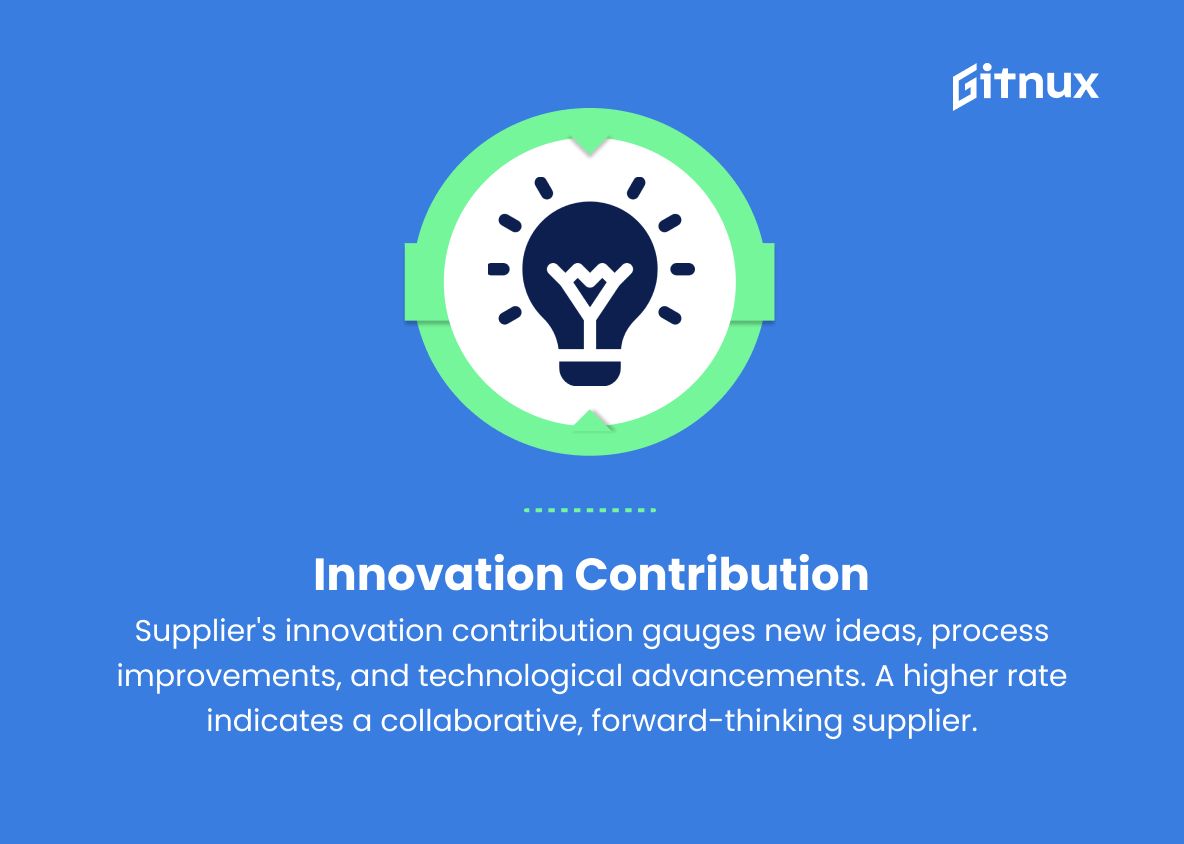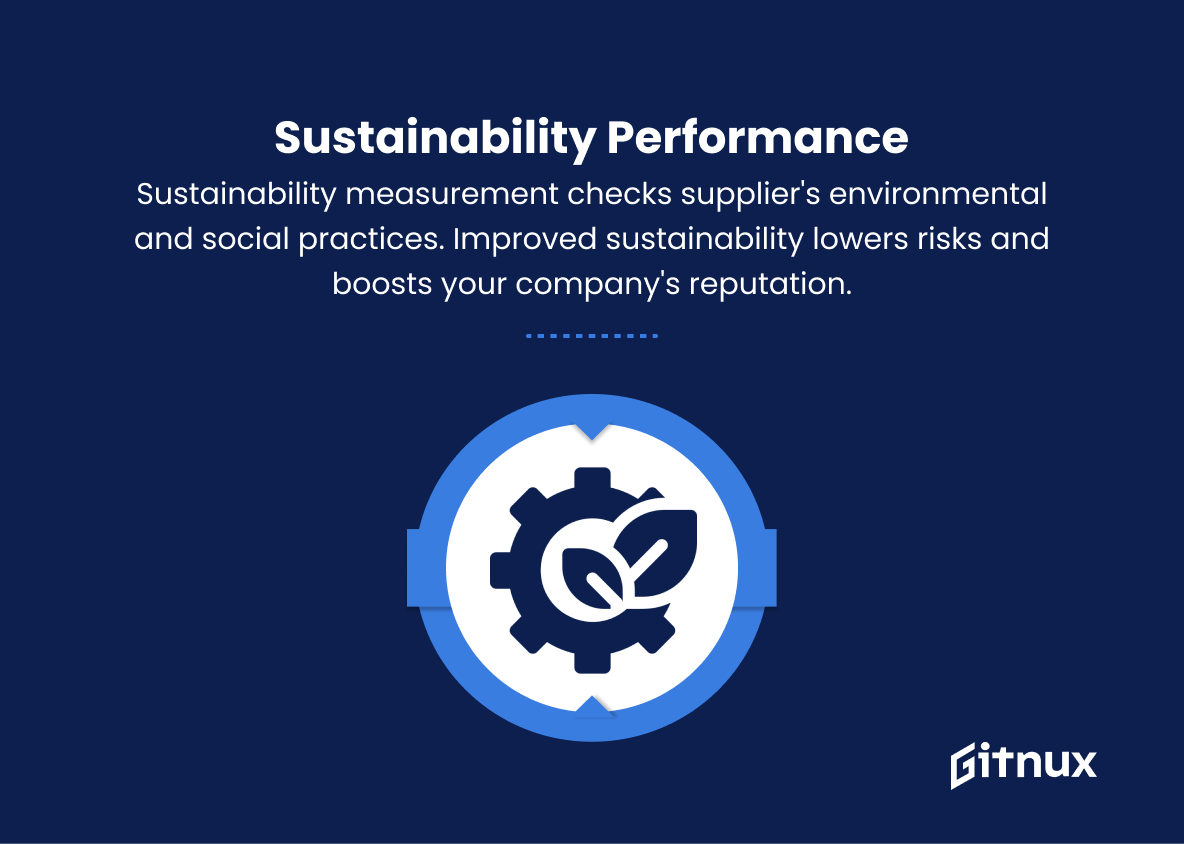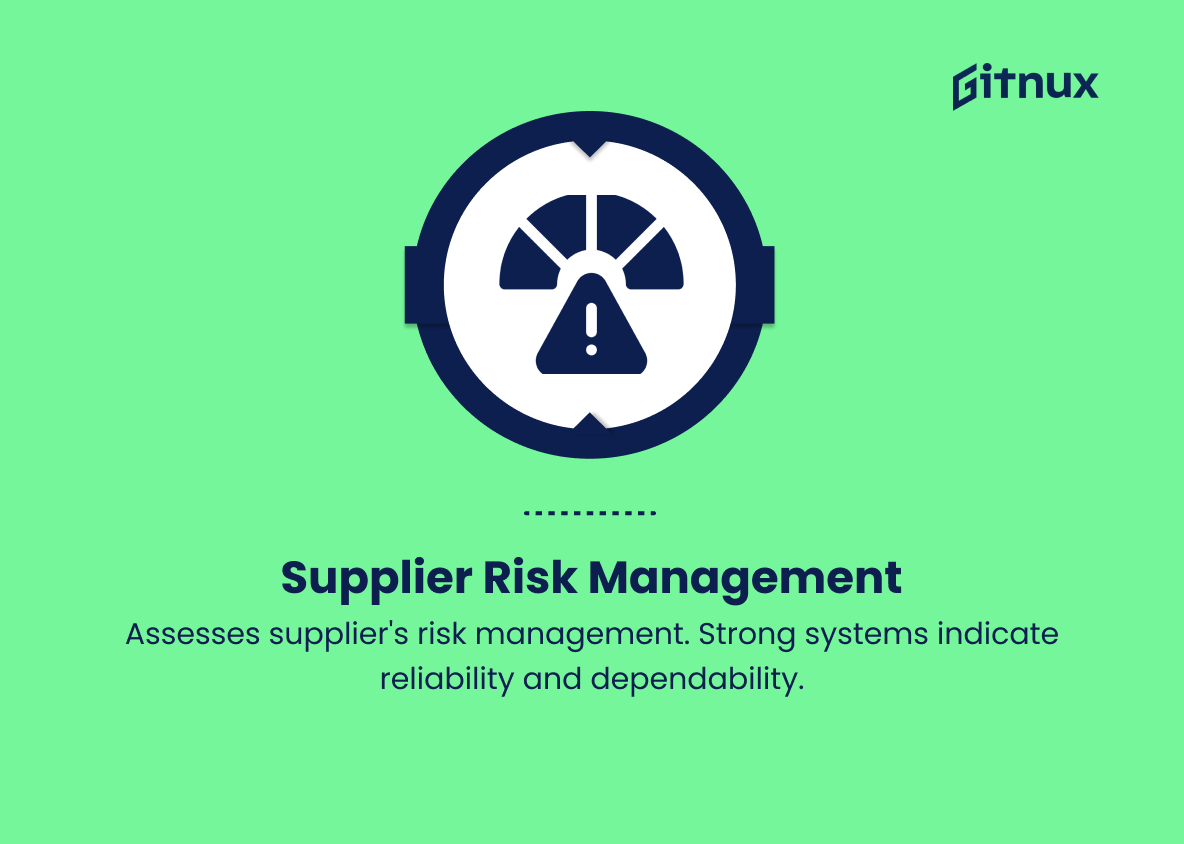In today’s highly competitive business landscape, maximizing efficiency and productivity in the supply chain has become more critical than ever before. It’s crucial for companies to monitor and measure the performance of their suppliers to ensure smooth operations, meet customer expectations, and maintain profitability.
Supplier Key Performance Indicators (KPIs) serve as invaluable tools for evaluating and managing a supplier’s effectiveness, allowing businesses to make informed decisions, foster better partnerships, and achieve sustainable growth. In this blog post, we will delve deep into the importance of Supplier KPIs, discuss the most critical ones to consider, and provide insights on how to leverage these metrics to optimize your supplier relationships and overall business performance.
Supplier KPIs You Should Know
1. On-Time Delivery Rate
Measures the percentage of orders delivered on or before the agreed-upon date. A higher rate indicates better supplier reliability.
2. Quality Rate
Evaluates the percentage of accepted products or goods, compared to the total quantity supplied. A higher quality rate signifies lesser defects or issues with the products.
A higher accuracy rate indicates better supplier performance.3. Lead Time
Assesses the time taken by the supplier to fulfill an order, from receiving the order to delivering the products. Shorter lead times reflect better supplier efficiency.
4. Order Accuracy Rate
Monitors the percentage of orders received without any discrepancies, such as incorrect items, quantities, or specifications. A higher accuracy rate indicates better supplier performance.
5. Cost Savings
Measures the amount a supplier has saved you through negotiated pricing, process improvements, or other cost-reduction initiatives. The higher the cost savings, the more valuable the supplier relationship.
6. Supplier Availability
Evaluates the percentage of time the supplier is able to meet your requested orders and quantities. A higher availability rate indicates a better ability to meet your demands.
7. Supplier Responsiveness
Quantifies the speed at which the supplier addresses any issues, concerns, or requests. A faster response time signifies better communication and collaboration.
8. Supplier Flexibility
Assesses the supplier’s ability to adapt to changes in demand, requirements, or delivery schedules. Higher flexibility ensures more resilient supply chain operations.
Supplier Flexibility assesses the supplier’s ability to adapt to changes in demand, requirements, or delivery schedules.9. Innovation Contribution
Examines the extent to which a supplier contributes to your company’s innovations, through new product ideas, process improvements, or technological advancements. A higher contribution rate demonstrates a collaborative and forward-thinking supplier.
10. Sustainability Performance
Measures the supplier’s environmental and social performance, such as waste reduction, energy efficiency, and ethical labor practices. Better sustainability performance can lower risks and enhance your company’s reputation.
11. Supplier Risk Management
Evaluates the supplier’s ability to manage and mitigate potential risks that may arise in the supply chain. A strong risk management system indicates a more reliable and dependable supplier.
12. Purchase Order Cycle Time
Monitors the time taken by the supplier to process and acknowledge a purchase order. A shorter cycle time can improve the overall efficiency of the procurement process.
Supplier KPIs Explained
Supplier KPIs are crucial in evaluating the overall performance of suppliers and ensuring the smooth operation of the supply chain. Metrics such as On-Time Delivery Rate, Quality Rate, and Lead Time are important indicators of a supplier’s reliability, product quality, and efficiency. They help companies identify potential issues and areas for improvement. Similarly, Order Accuracy Rate, Cost Savings, and Supplier Availability assess the accuracy and effectiveness of the supplier’s order management, pricing, and ability to meet the demands of a company.
A supplier’s responsiveness, flexibility, and innovation contribution offer insights into the quality of communication, adaptability, and creative potential of a supplier, leading to a successful and long-term partnership. The sustainability performance reflects a supplier’s commitment to ethical and environmentally responsible practices, while supplier risk management ensures that potential risks are mitigated effectively.
Lastly, monitoring purchase order cycle time checks the efficiency of the procurement process, leading to a more streamlined and cost-effective supply chain. Overall, these KPIs provide a comprehensive view of a supplier’s performance and impact on a company’s success.
Conclusion
In conclusion, Supplier KPIs play a crucial role in ensuring effective communication, collaboration, and accountability between organizations and their suppliers, thus leading to streamlined operations, improved decision-making, and long-term success.
By focusing on the most relevant and impactful KPIs, organizations can forge strong relationships with their suppliers, identify performance gaps, and create strategies for continuous improvement. By fostering a culture centered around data-driven supply chain management, companies can enhance their competitive edge, drive innovation, and remain agile in the face of an ever-evolving global market.
